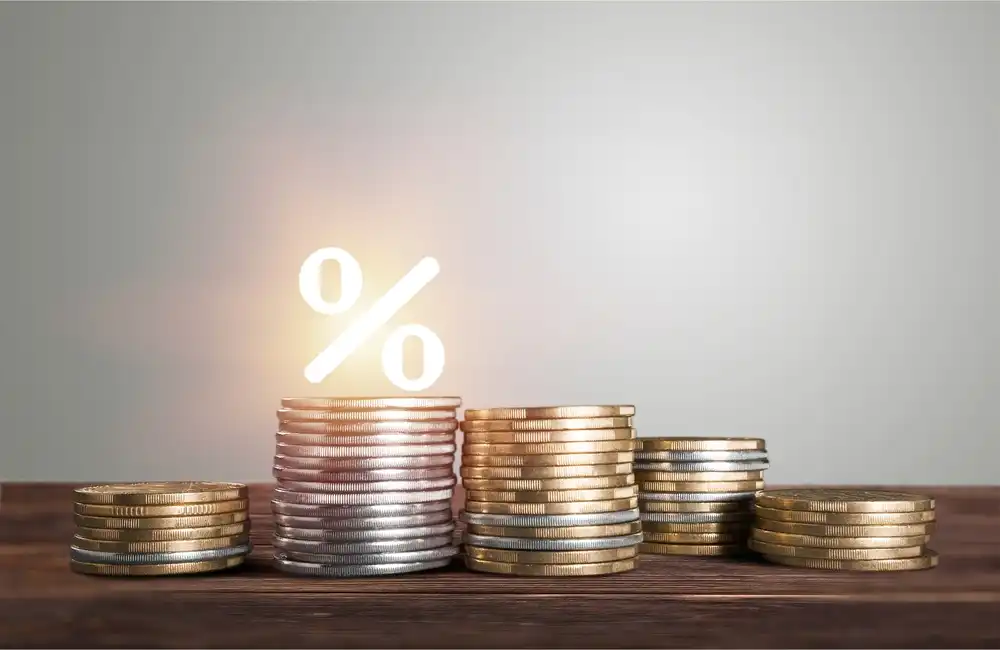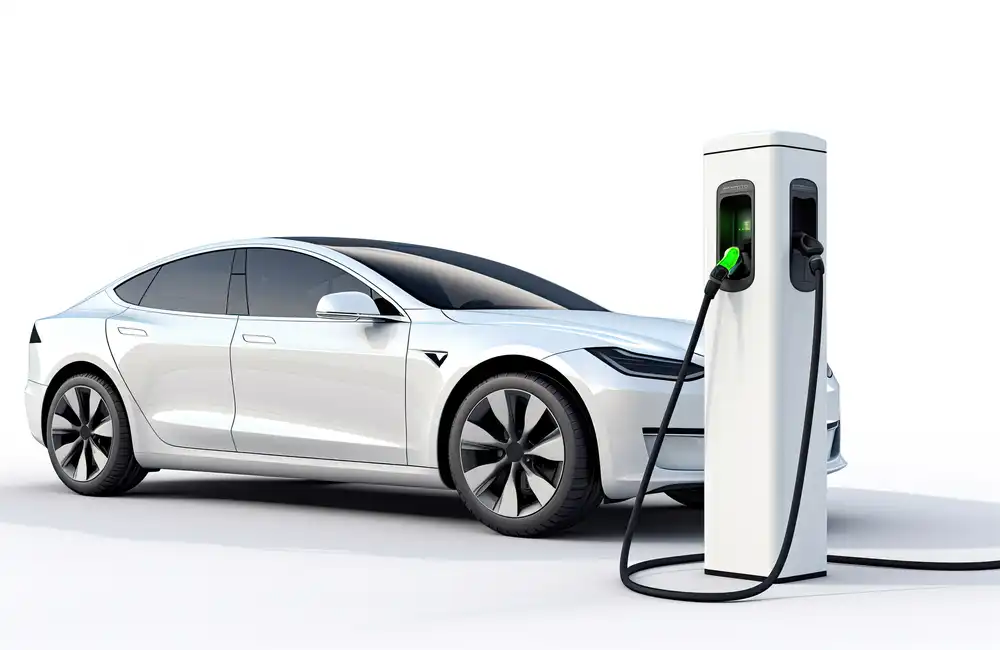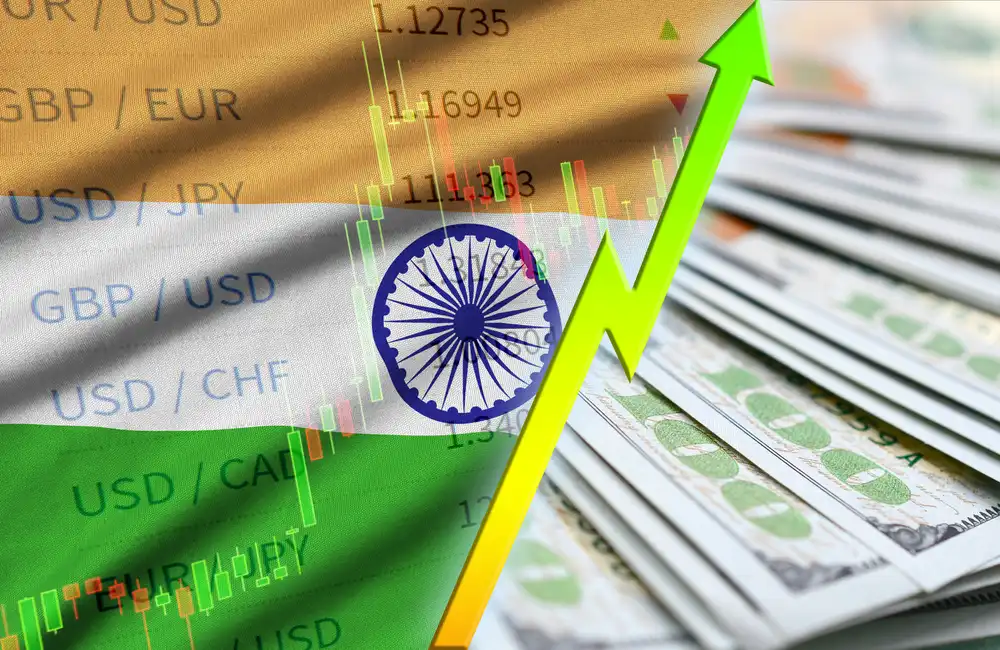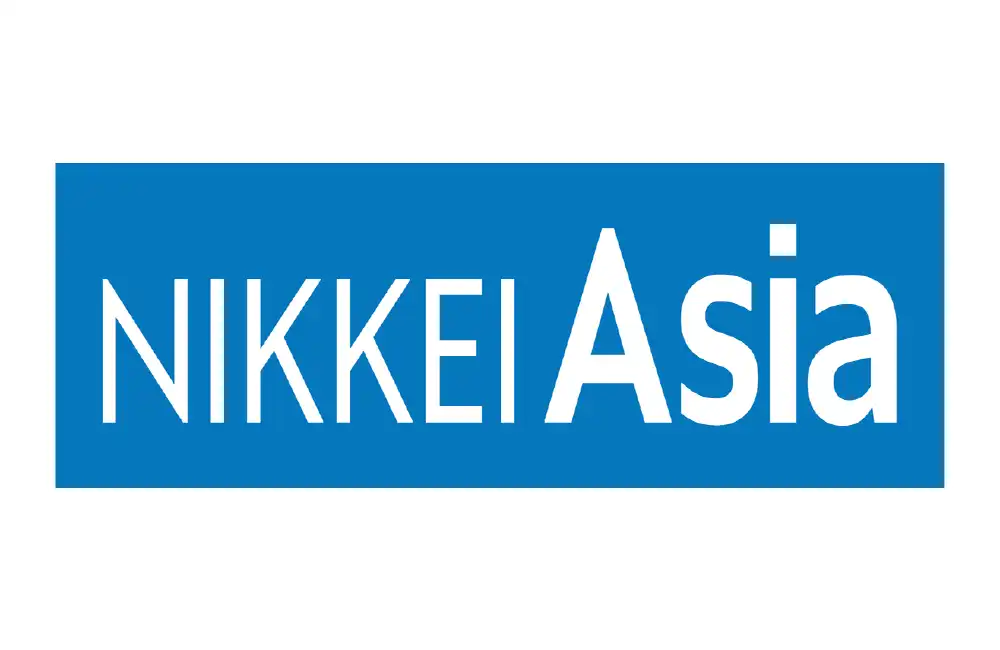Investors can achieve portfolio diversification while protecting against inflation and reducing market volatility through commodity investments.
One of the most popular methods for gaining commodity exposure involves investing in Commodity ETFs (Exchange-Traded Funds). Investors receive benefits from commodity price movements in gold, oil, and agricultural products through these funds, which eliminate the need to manage physical assets.
This manual offers thorough instructions for selecting superior commodity ETFs that match your financial objectives while managing risk levels to achieve portfolio diversification.
What Are Commodity ETFs?
These funds provide investors with a way to benefit from commodity price movements through indirect ownership instead of holding actual physical commodities. These funds enable investors to monitor commodity price trends across assets like precious metals and agricultural products by utilizing futures contracts and equity stakes in commodity-producing firms.
Key features of commodity ETFs include:
- Ease of Trading: Investors trade commodity ETFs on stock exchanges throughout regular trading hours because these funds operate like individual stocks.
- Variety of Commodities: These ETFs grant investors access to multiple resource types, which include gold and oil together with agricultural commodities.
- No Need for Physical Storage: The logistical difficulties and storage costs of physical commodities become unnecessary for investors who choose commodity ETFs.
Investors who aim to diversify their portfolios can easily and effectively access this frequently ignored asset class through commodity ETFs.
Why Commodity ETFs Are Important for Diversification
Successful investing depends on diversification, which can be improved by adding commodities to a portfolio. Commodity ETFs play a crucial role in achieving effective portfolio diversification.
Low Correlation with Traditional Asset Classes
Commodity prices demonstrate low or negative correlation patterns in comparison to stocks and bonds. The performance of commodities often increases when equity or bond markets decline, which helps to stabilize investment portfolios.
Inflation Hedge
Historically, precious metals such as gold have proven to be reliable protection against inflation. During times of economic instability or when fiat currencies lose purchasing power, their value generally increases.
Protection Against Market Volatility
Investors can lower their portfolio risks when they include commodity ETFs because commodities have performance drivers like weather conditions, geopolitical events, and supply-demand dynamics independent from stock market movements.
Selecting the right commodity ETFs allows investors to strengthen their portfolio defenses while securing sustainable growth.
Different Types of Commodity ETFs
The market offers multiple commodity ETF options which cater to distinct investment objectives. Choosing the appropriate commodity ETF for your portfolio becomes easier when you understand their distinct characteristics.
- Physical Commodity ETFs
What They Are: Physical commodity ETFs allocate investments directly into tangible assets like gold bullion or oil deposits.
Example: The SPDR Gold Shares (GLD) ETF owns real gold bars while monitoring gold's current spot price.
Best For: Investors who want direct exposure to specific commodity price movements should consider this investment approach.
- Futures-Based Commodity ETFs
What They Are: These ETFs use futures contracts to invest instead of owning the physical commodity assets.
Example: United States Oil Fund (USO) monitors oil prices by utilizing futures contracts.
Best For: Speculative traders who focus on short-term price changes in commodities benefit from these strategies.
- Equity-Based Commodity ETFs
What They Are: These ETFs contain shares from firms that produce commodities or carry out mining activities like gold extraction and farming operations.
Example: Market Vectors Gold Miners ETF (GDX) allocates its investments to companies that mine gold.
Best For: Investors who want indirect commodity exposure along with growth opportunities in the underlying companies should consider this option.
- Commodity Basket ETFs
What They Are: Investors can achieve diversification in their commodity portfolios through these ETFs, which track multiple commodities including energy, metals, and agriculture.
Example: The iShares S&P GSCI Commodity-Indexed Trust (GSG) tracks multiple commodities in one basket.
Best For: These ETFs cater to investors who want wide market exposure while minimizing concentration risk.
Strategies for Selecting the Most Suitable Commodity ETFs
Choosing optimal commodity ETFs is essential for reaching your diversification objectives. Here are the steps you should follow:
- Understand Your Investment Goals: Identify your financial objectives when investing in commodity ETFs. Do you want to build long-term wealth or achieve quick profits? Do your investment goals with commodity ETFs focus on protecting against inflation or on stabilizing portfolio performance amidst market volatility? Your investment objectives help you identify the appropriate type of ETF to complement your strategy.
- Consider Commodity Volatility: Each commodity presents different levels of price volatility. Gold maintains more price stability than oil, which often sees drastic price fluctuations. Select an ETF whose risk profile matches your ability to withstand short-term price movements.
- Assess Liquidity and Trading Volume: Trading efficiently requires high liquidity and ample trading volume to enable smooth market transactions and reduce costs such as the bid-ask spread. Select ETFs with persistent high trading volumes to achieve superior trade execution.
- Evaluate Expense Ratios: Your long-term returns depend heavily on the expense ratios of your investment choices. Assess the fees of comparable ETFs to select those with minimal expense ratios, which will boost your overall investment returns.
- Seek Diversification: Choose ETFs that provide exposure to several commodities or different sectors to reduce the concentration risk in your portfolio. This approach prevents your investment portfolio from depending too heavily on the performance of one specific commodity.
- Check Historical Performance and Fund Size: Examine the ETF’s historical returns to understand its performance during varying market environments. The size of the fund and the expertise of its manager should be evaluated since larger funds usually offer more resources and stability for risk management.
Risk Considerations
Investors should recognize that commodity ETFs bring substantial advantages but also present specific risks that require awareness.
- Volatility: Commodity valuations display natural volatility because they are subject to weather conditions, geopolitical conflicts, and supply chain interruptions.
- Tracking Errors: Certain ETFs experience imperfect tracking of their underlying commodities because of expenses like futures roll costs and management fees. Look for ETFs with minimal tracking errors.
- Geopolitical Risks: Changes in political stability combined with shifts in regulation and trade rules lead to significant fluctuations in commodity prices and create effects on ETF performance.
By understanding these risks, you will be able to make better investment decisions.
Examples of Popular Commodity ETFs
These popular ETFs provide essential guidance for beginners looking to start investing in commodities.
- SPDR Gold Shares (GLD): Concentrates on gold, which serves as a traditional safeguard against inflation.
- United States Oil Fund (USO): Uses futures contracts to follow the movement of crude oil prices.
- The iShares S&P GSCI Commodity-Indexed Trust (GSG): Enables investors to gain diversified commodity exposure.
- The Invesco DB Agriculture Fund (DBA): Allows investors to gain exposure to agricultural commodities including wheat and corn.
How to Get Started with Commodity ETFs
Getting started is simple:
- Create a brokerage account on a trusted platform that gives you access to commodity ETFs.
- Select the specific commodity categories you want to invest in, such as metals, energy, or agriculture.
- Choose ETFs which align with your specific investment objectives and risk preferences.
- Subscribe to Advisor’s Gateway for expert investment insights and strategic market trend analysis delivered directly to your inbox.
Call to Action
Join the Advisor’s Gateway newsletter today to learn about top commodity ETFs for portfolio diversification and secure long-term growth opportunities.
Strategic selection of suitable commodity ETFs enables investors to reach this asset class's full potential while keeping their portfolio stable and resilient.





















